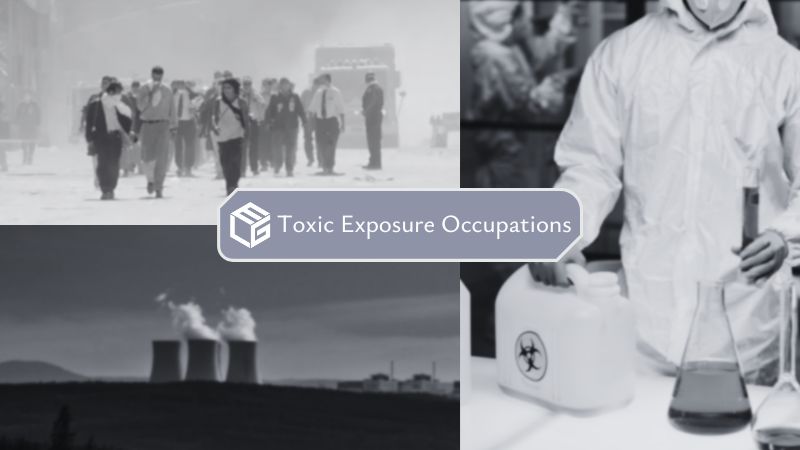-
About »
- Insulin MDL
-
Cases »
- Diseases
- Testimonials
- Government
- Contact
- Get Help Now
-

The 9/11 exposure of emergency medical personnel at Ground Zero has resulted in cancers and chronic diseases among FDNY EMS workers and others. When thousands of injured people were treated in contaminated conditions by EMS teams during the disaster response, they provided critical medical care. EMS workers face an exceptional risk due to the nature of their work. The work of medical personnel was more challenging than that of other emergency responders, which could keep a safe distance from hazards. In order to save lives, medical personnel had to come into immediate contact with contaminated patients, debris, and toxic dust.
In the aftermath of September 11, 2001, emergency medical personnel from multiple agencies converged on the World Trade Center site to provide urgent medical care. Throughout the months of recovery operations, they breathed air filled with asbestos, heavy metals, chemical fumes, and combustion byproducts. When toxic exposures were at their highest during the critical early response period, most EMS personnel lacked adequate protective equipment.
Emergency medical personnel faced particular dangers during rescue, triage, and medical operations:
Studies tracking 2,281 FDNY EMS workers over a 12-year period documented significant disease incidence. EMS workers experienced a cumulative cancer incidence of 3.1 percent, along with elevated rates of respiratory and gastrointestinal disorders.
Many emergency medical personnel have been diagnosed with 9/11-related cancers, such as thyroid, leukemia, prostate, melanoma, multiple myeloma, and colon cancer, with diagnosis onset often at ages 39 to 52.
Chronic respiratory issues are widespread, with obstructive airway disease at approximately 11.8 percent and gastroesophageal reflux disease (GERD) at approximately 12.1 percent. EMS workers are more than twice as likely to have asthma compared to the general population. The traumatic nature of their work led to high rates of post-traumatic stress disorder, anxiety, depression, and panic disorders.
Emergency medical personnel who developed health conditions linked to Ground Zero exposure deserve full compensation through the 9/11 Victim Compensation Fund. ELG Law specializes in representing first responders and understands the critical role EMS workers played during the 9/11 response. Our firm will carefully examine your employment records, service documentation, and medical diagnosis to establish your eligibility. Environmental Litigation Group, P.C. is committed to ensuring that every EMS responder receives fair compensation for the illnesses they now endure because of their lifesaving work at Ground Zero.
It is possible for you to receive compensation from the 9/11 Victim Compensation Fund if you were present at a 9/11 crash site between September 11, 2001, and May 30, 2002. You might qualify if you have injuries, illnesses, or conditions in the following categories: